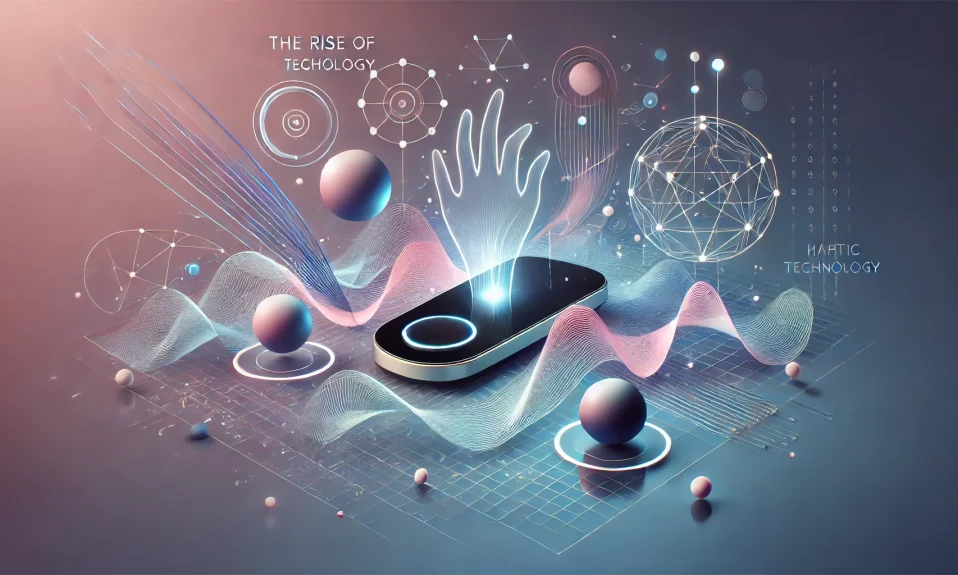
Sex education is evolving, and in today’s digital age, it’s not just about textbooks or awkward classroom discussions anymore. With the rise of Virtual Reality (VR), learning about intimacy, consent, and sexual health is becoming more immersive, engaging, and accessible. VR offers an interactive, safe space for people to explore complex and often sensitive topics in a way that traditional education simply can’t. Whether you’re a curious individual looking to understand your own body or an educator wanting to make sexual wellness more approachable, VR is shaping up to be a game-changer.
Why Virtual Reality for Sex Education?
The idea of using VR for sex education may sound futuristic, but it makes a lot of sense. Traditional sex education often leaves gaps—whether it’s due to discomfort, cultural taboos, or limited resources. VR can bridge those gaps by offering immersive, realistic experiences that make learning about intimacy and sexual health feel more natural and less intimidating.
In a VR environment, users can explore topics like anatomy, consent, safe sex practices, and emotional intimacy in a controlled, judgment-free space. This allows people to engage with the material in a way that feels safe, empowering, and even fun. Plus, VR’s interactive nature means that it can cater to various learning styles, offering visual, auditory, and kinesthetic experiences all in one.
What Can You Learn Through VR Sex Education?
One of the biggest benefits of using VR for sex education is the ability to cover a wide range of topics in a deeply immersive way. Here are just a few examples of what you can learn:
- Anatomy and Sexual Health: VR programs can offer 3D models of human anatomy, allowing users to explore and understand the body’s sexual organs in a detailed and interactive way. These experiences are more engaging than textbook diagrams and can help people gain a better understanding of their own bodies.
- Consent and Communication: Teaching about consent can be challenging, but VR makes it easier by simulating real-life scenarios where users practice asking for and giving consent. These interactive lessons reinforce the importance of clear communication in intimate relationships, helping users feel more confident about establishing boundaries in real life.
- Emotional and Physical Intimacy: Beyond the mechanics of sex, VR can also teach about the emotional and psychological aspects of intimacy. By simulating relationship-building scenarios, VR helps users learn how to navigate emotional connections and understand the role that trust, and vulnerability play in intimate relationships.
VR Programs Leading the Way
There are already some innovative VR programs making strides in sex education, offering everything from basic sexual health lessons to more complex explorations of intimacy and consent. Here are a few examples:
- EmbodyMe: This VR app allows users to explore sexual anatomy through 3D models, helping individuals and couples alike gain a deeper understanding of the body. The program includes interactive lessons on sexual health, providing a hands-on way to learn about anatomy, contraception, and safe sex practices.
- Oculus Venues: Though not exclusively focused on sex education, Oculus Venues hosts various VR events and seminars, including talks and workshops on sexual health and wellness. Users can attend these sessions from the comfort of their own homes, making it a convenient way to access expert-led discussions on intimacy and sex education.
How VR Enhances Learning
What makes VR particularly effective for sex education is its ability to create a deeply immersive experience. When learning about intimacy and sexual health in a virtual environment, users are able to engage with the material on a much more personal level. It’s one thing to read about consent or anatomy in a textbook, but it’s another to actually practice asking for consent in a simulated environment or explore detailed 3D models of the body.
This level of interactivity not only makes learning more engaging but also helps solidify important concepts. VR allows for a hands-on approach to topics that are often abstract or uncomfortable to discuss in traditional educational settings, creating a more effective learning experience.
What the Future Holds
The integration of virtual reality into sex education is just the beginning. As technology continues to advance, we can expect to see even more innovative programs designed to teach people about sexual health, relationships, and consent in ways that are interactive and immersive. VR has the potential to break down the barriers that often have sex education uncomfortable or inaccessible, creating a more informed and empowered generation.
VR is revolutionizing sex education by providing an engaging, modern approach to learning about intimacy, consent, and sexual health. With immersive, interactive lessons that go beyond what traditional education can offer, programs like EmbodyMe is paving the way for a future where learning about sex and relationships is not only more effective but also more enjoyable.


